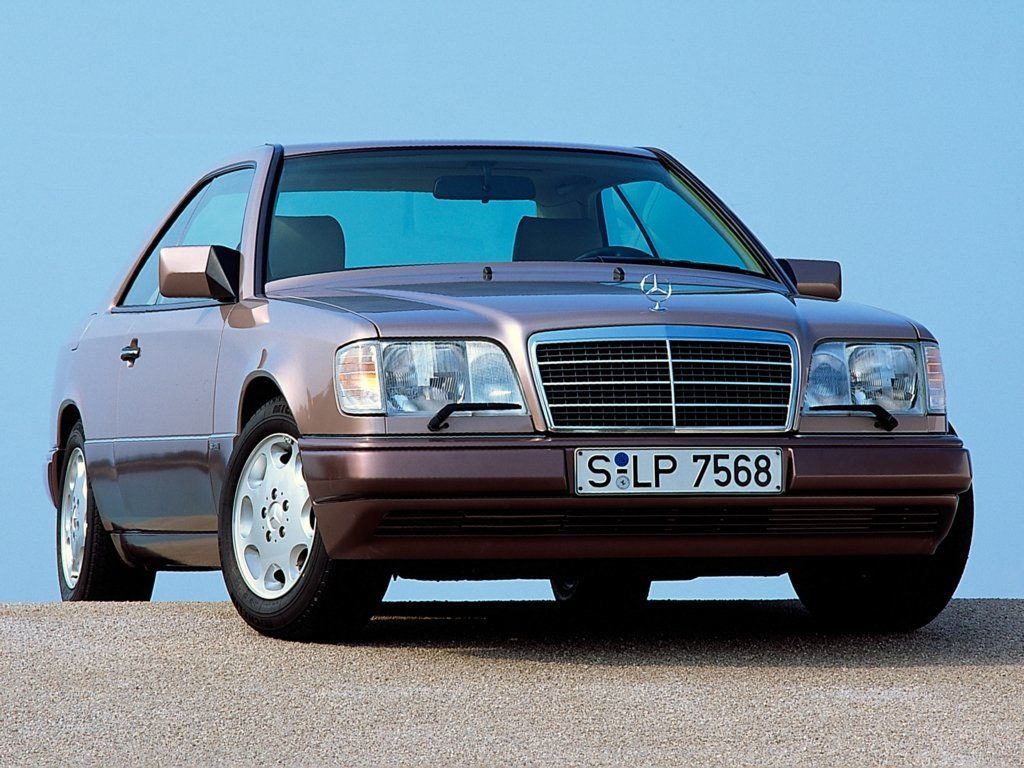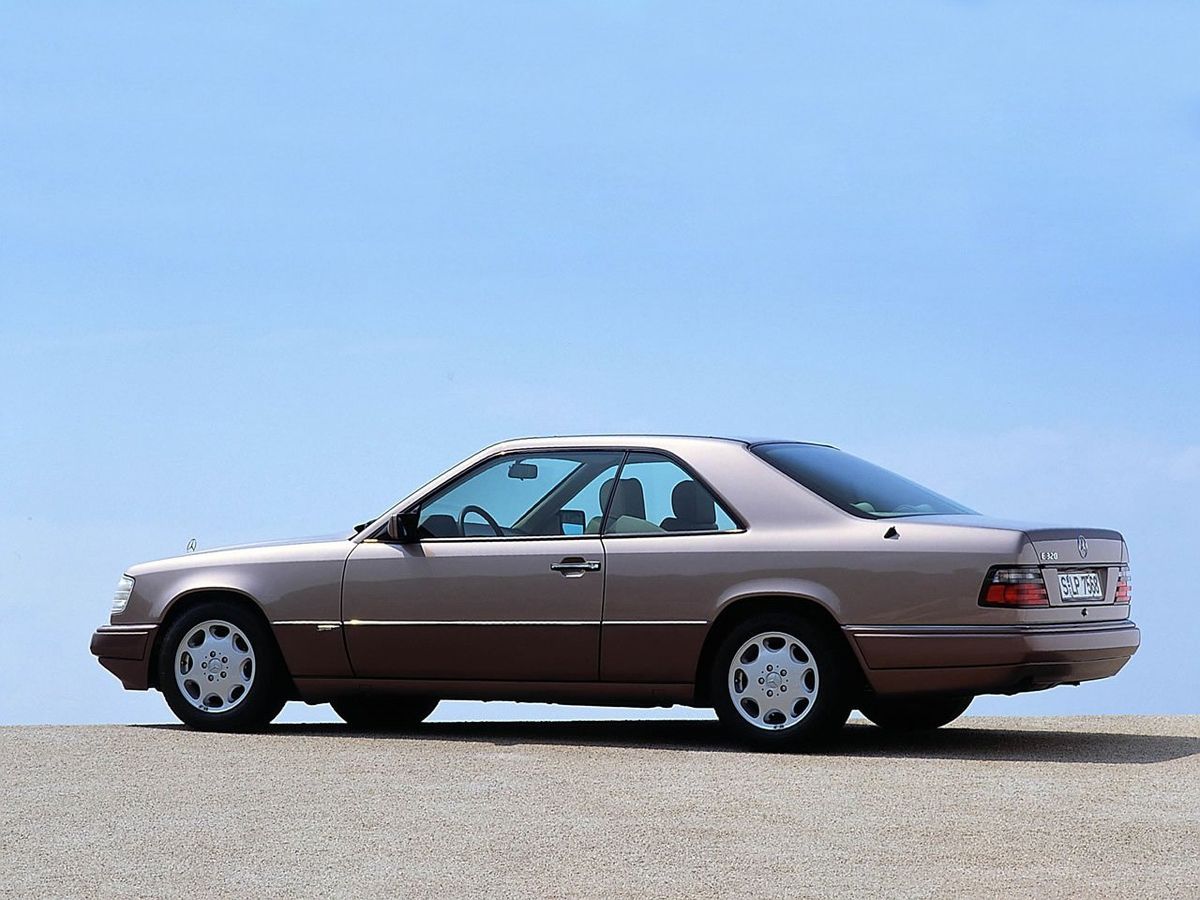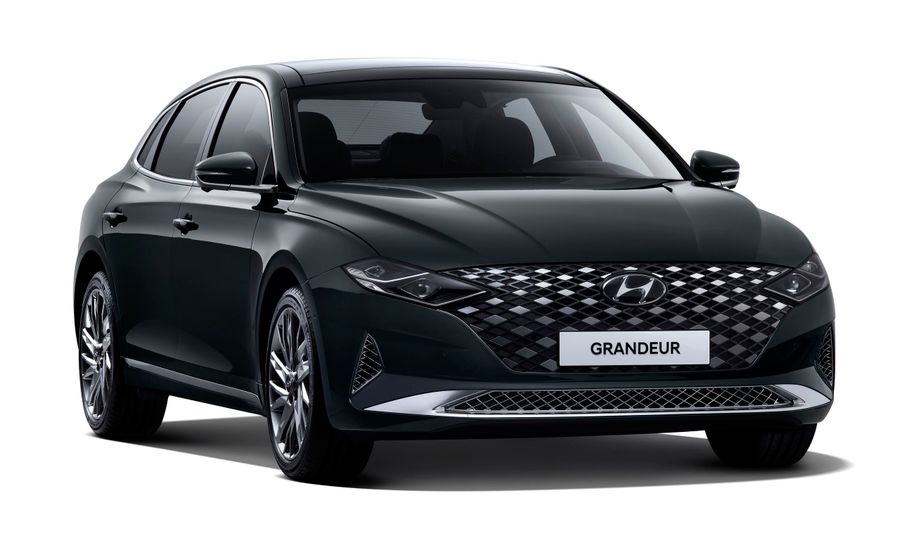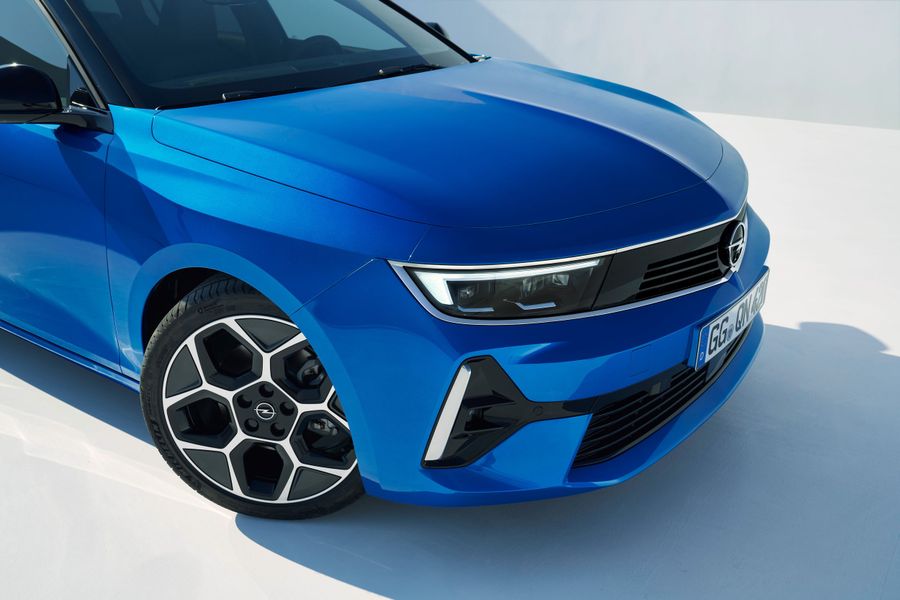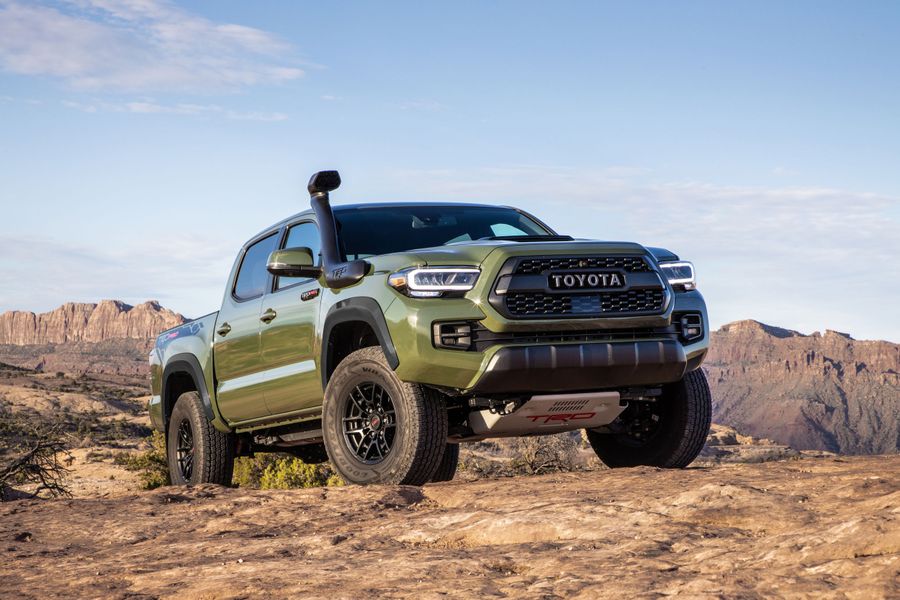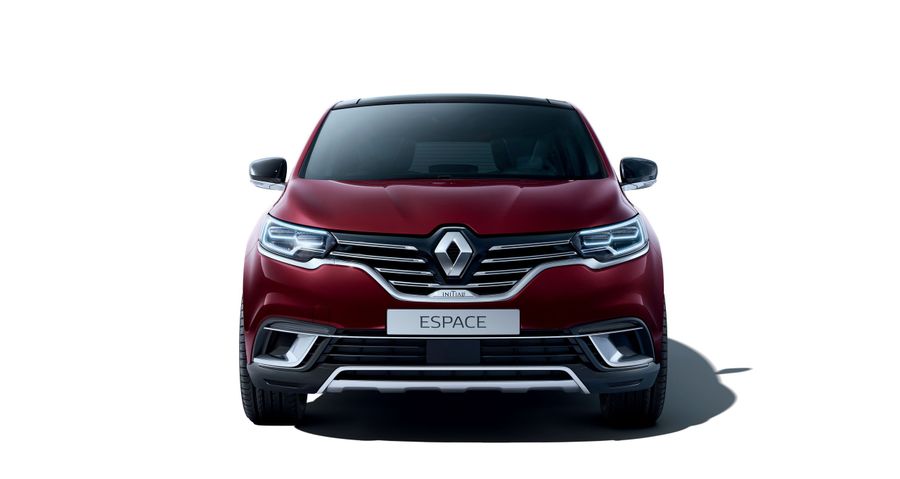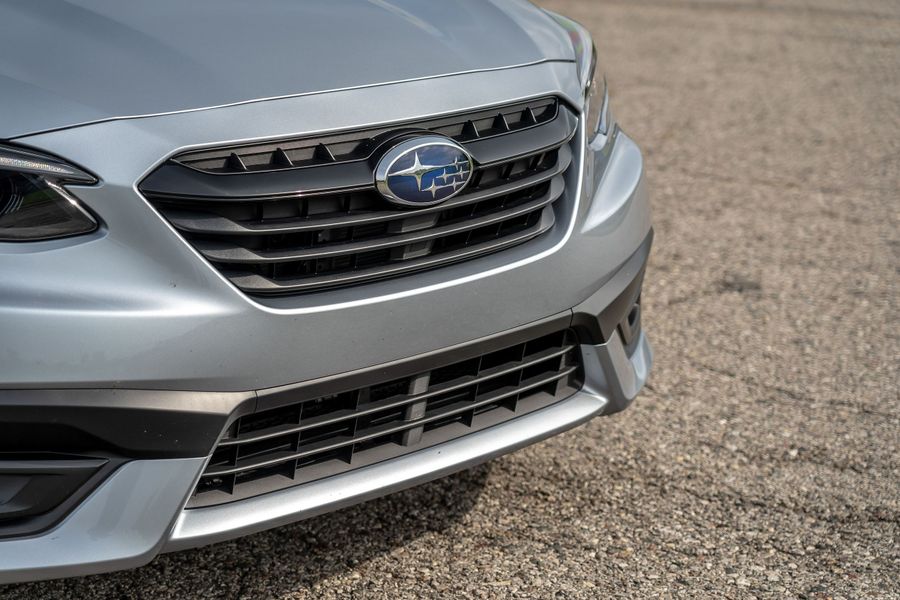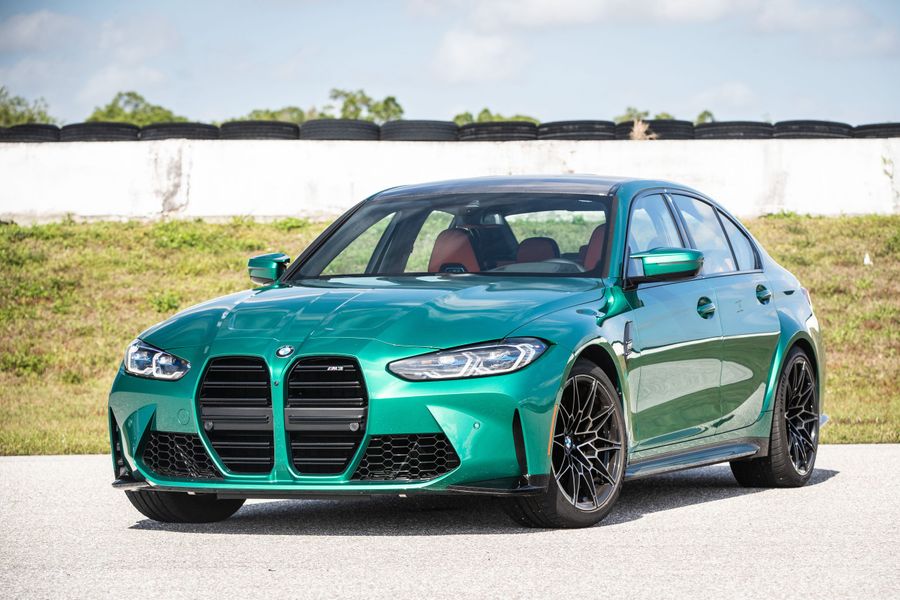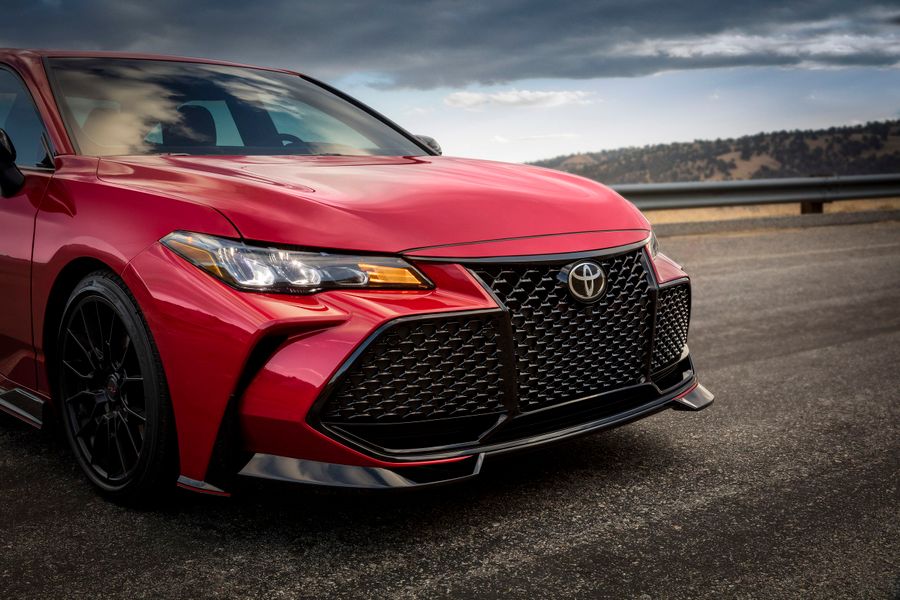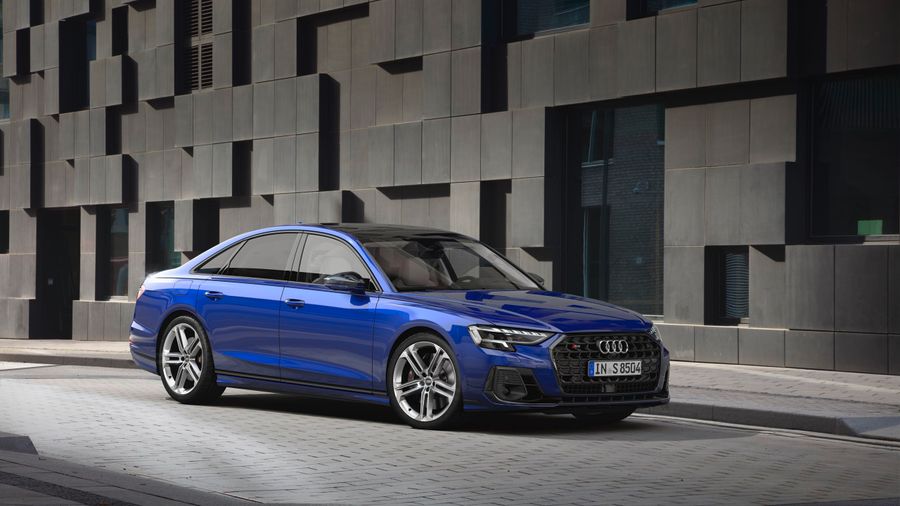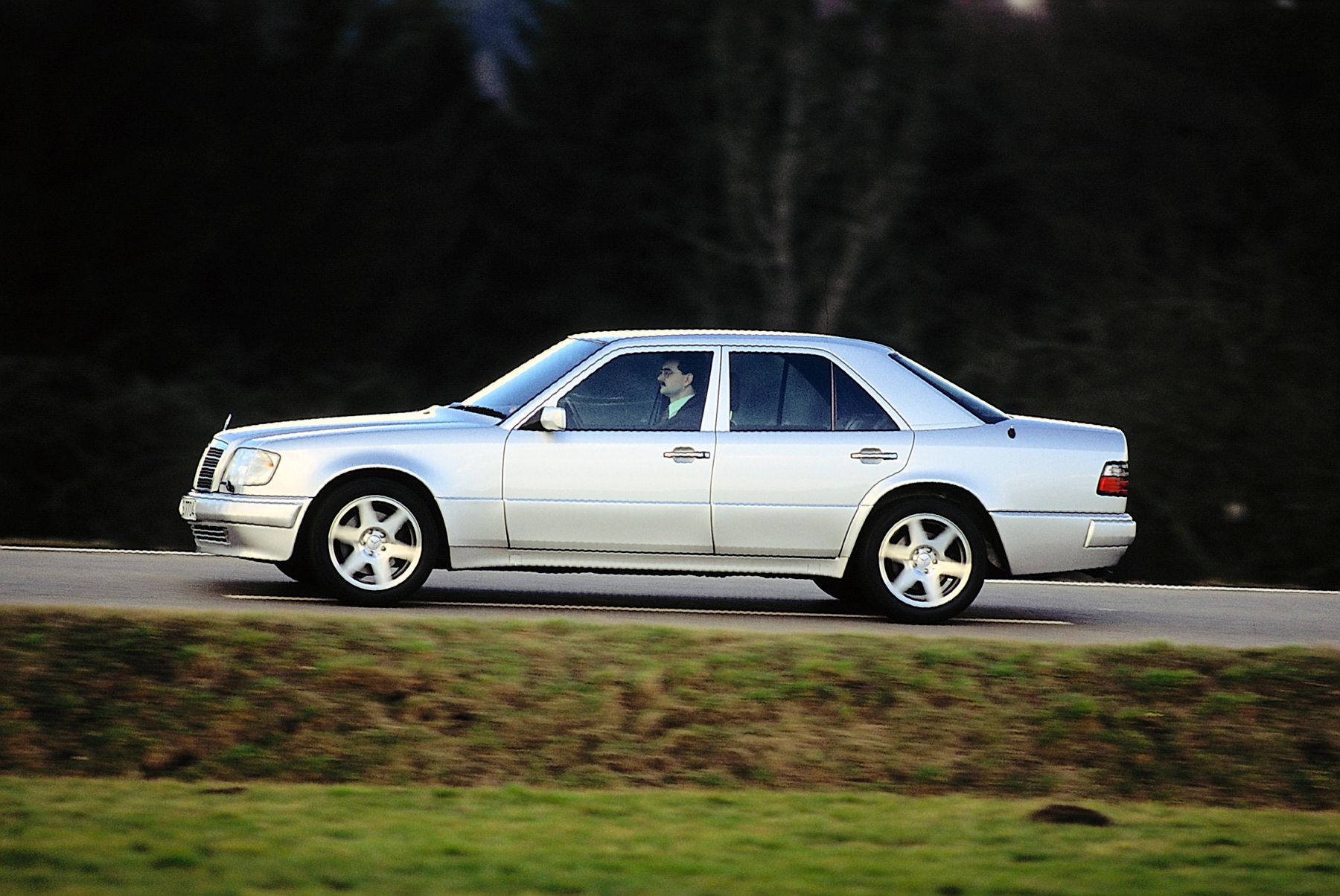
The first Mercedes E-Class. The origin
The restyling of the legendary Mercedes W124 in 1993 was the strating point of using new series designation, that is now commonly know as E-Class: ‘Е’ is the final letter of the car index for throttle body injection (Einspritz is German for injecting). This letter is now the designation of a class.
The updating of the W124 series involved a number of interesting changes. The supercharged diesel engines (except for the 4-cylinder 2-liter motor) received 4 valves per cylinder. This not only increased torque and performance, but also reduced fuel consumption by up to 8% and particulate emissions by ~1/3. And the 2.8-L 6-cylinder gasoline engine, introduced six months earlier, received a power downgrade from 145 to 142 kW to move the model into a lower category for the car insurance companies.
The legendary restyled Mercedes W124 was first to use the well-known ‘Е-Class’ designation.
All the models of the 124th series were restyled for better fit with models of other series. A new feature was the grille based on the S-Class design, smoothly integrated in the overall hood design. The three-beam star moved onto the hood. The turn indicators, trunk lid, wheels, and bumpers were changed as well.
By the year of 1995, in June, the Mercedes W124 line was substituted with Mercedes W210. Shortly afterward, the production of the 124 series of sedan stopped. 2,213,167 sedans were produced for 11 years in total, 2,342 sedans had a longer wheelbase, 6,398 chassis involved redesigning.

